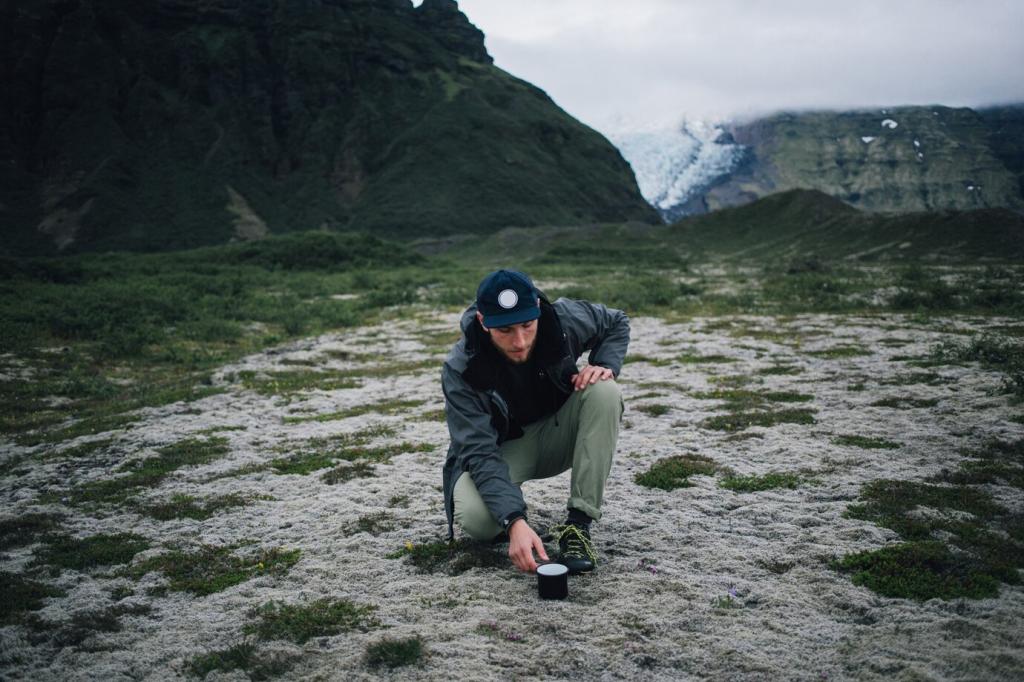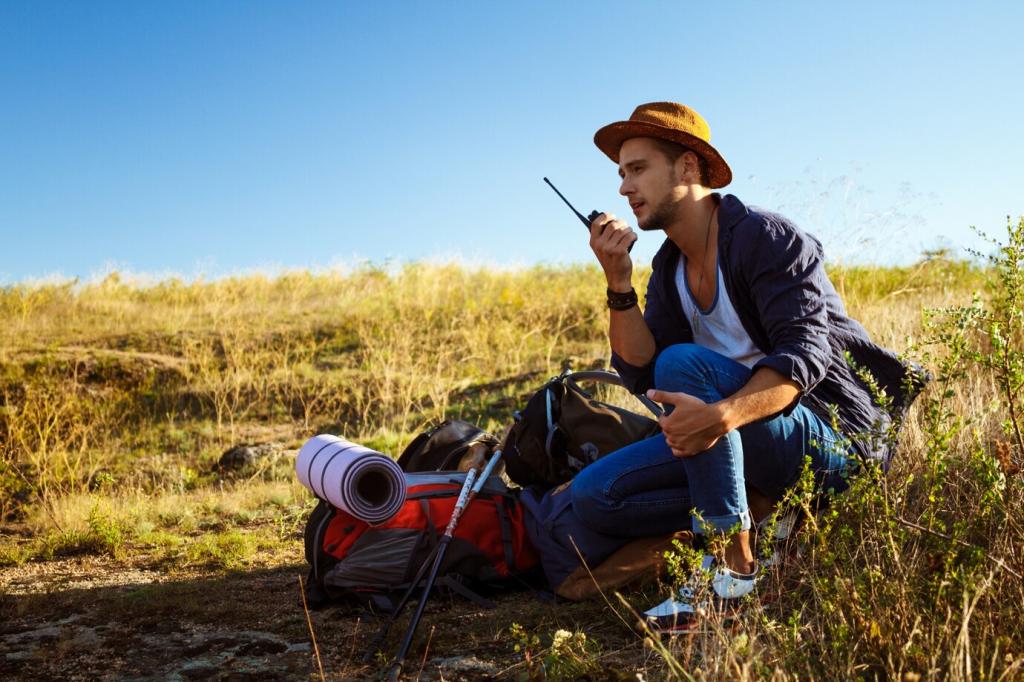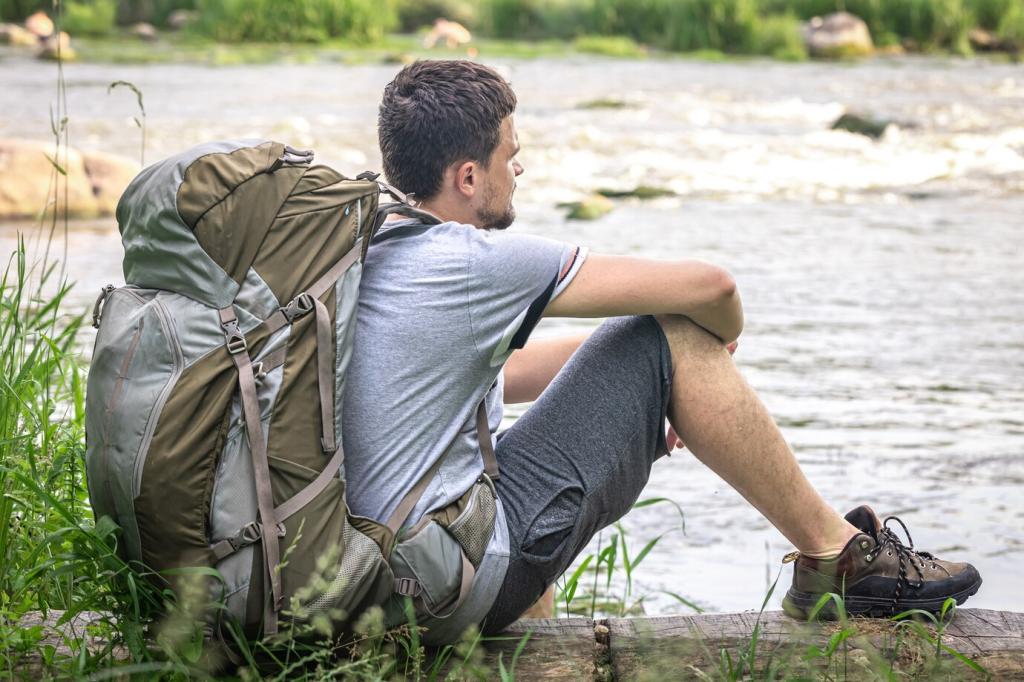Pack Like a Pro: Essentials That Matter in Spring Mountains
Traction tools bridge the gap between muddy switchbacks and bulletproof morning snow. Microspikes shine on icy trails; aluminum crampons help on firmer, steeper slopes. Adjustable poles save knees and test snow bridges. Practice transitions so gear doesn’t slow your rhythm. What traction mix do you trust for variable spring routes?
Pack Like a Pro: Essentials That Matter in Spring Mountains
A minimalist kit saves days: heat packs, emergency bivy, repair tape, fire starter, blister care, and a compact first-aid pouch. Add a headlamp with fresh batteries—spring clouds shorten usable light fast. I once fixed a ripped gaiter with Leukotape and kept dry for hours. What’s in your contingency kit?



